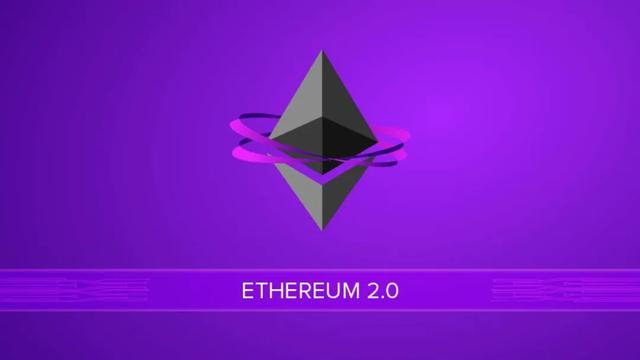|
|
Okay, so I need to figure out what the Deutsche eMark was. Let me start by breaking down the term. "Deutsche" is German for "German," so that part is clear. "eMark" probably stands for "electronic Mark," where Mark is the German term for their currency, the Deutsche Mark. So the Deutsche eMark would be the electronic version of the Deutsche Mark.
But wait, I remember that the Euro was introduced in 2002, replacing the Deutsche Mark. So maybe the eMark was something before the Euro? Let me think. I've heard about the European Monetary Union (EMU) and how different countries in the EU moved towards a single currency. The eMark might have been a transitional currency or a digital version used during that process.
I think there was a plan to introduce the eMark as a digital currency, maybe as a stepping stone to the Euro. But I'm not entirely sure. Let me check some key dates. The Deutsche Mark existed until 2002 when it was replaced by the Euro. The EMU was established in 1999 with the Euro as a non-physical currency, so electronic transactions in Euro began then. Maybe the eMark was a proposal to use the Mark in electronic form before the Euro came into circulation.
I recall that some countries considered using their existing currency in electronic form to avoid confusion during the transition. For example, the UK had the pound in electronic form before the Euro, but they stayed out of the EMU. So perhaps Germany proposed the eMark to handle electronic transactions with the Deutsche Mark until the Euro was ready.
But I need to verify if the eMark was actually implemented. From what I remember, the eMark was a concept discussed but not officially adopted. The Euro was introduced directly in electronic form in 1999, so maybe the eMark was just a temporary idea that didn't see the light of day. The European Central Bank started issuing physical Euro coins and banknotes in 2002, but before that, electronic Euro was used.
So putting it all together: The Deutsche eMark was a proposed digital version of the Deutsche Mark, intended to facilitate electronic transactions during the transition to the Euro. However, it wasn't actually implemented because the Euro was introduced directly as an electronic currency in 1999 and later as physical currency in 2002. The eMark might have been a transitional step that was skipped in favor of moving straight to the Euro.
I should also check if there were any official documents or proposals about the eMark. Maybe the European Commission or the German government discussed it. If I can't find specific references, it's possible that the eMark was more of an internal concept rather than a formal proposal. Alternatively, it might have been part of discussions about the EMU's framework before the Euro was established.
Another angle: sometimes countries have electronic versions of their currency for online transactions. For example, some countries have e-cash or digital currencies. But in the case of the eMark, it's specifically tied to the transition to the Euro. So it's more about the EMU's monetary policy rather than a new digital currency.
In summary, the Deutsche eMark was likely a proposed electronic version of the Deutsche Mark to handle digital transactions during the Euro introduction period. However, since the Euro was introduced directly in electronic form, the eMark didn't materialize as a separate entity. The transition went straight from physical Deutsche Mark to electronic and physical Euro.
The Deutsche eMark (Deutsche electronic Mark) was a proposed digital version of Germany's currency, the Deutsche Mark, intended to facilitate electronic transactions during the transition to the Euro as part of the European Monetary Union (EMU). Here's a concise overview:
Context:
The Deutsche Mark was replaced by the Euro in 2002. Before this, the EMU introduced the Euro as a non-physical currency in 1999, allowing electronic transactions in Euro units.
Some countries considered using their existing currency in electronic form (e.g., the UK with the pound) to ease the transition. Germany explored a similar idea for the Deutsche Mark.
Purpose:
The eMark was designed to handle electronic payments, e-commerce, and financial systems during the shift to the Euro. It aimed to maintain stability and avoid confusion by keeping the Mark in circulation digitally until the Euro's full adoption.
Implementation:
The eMark was not officially adopted. Instead, the Euro was introduced directly as an electronic currency in 1999, bypassing the need for a transitional eMark. Physical Euro coins and banknotes were later issued in 2002.
The transition focused on integrating the Deutsche Mark into the Euro system through a 1:1 exchange rate and phased withdrawal of the Mark.

Legacy:
The concept highlights early discussions about digital currencies in monetary unions. While the eMark itself didn't exist, its idea influenced later developments in digital currencies and CBDCs (Central Bank Digital Currencies) within the Eurozone.
In essence, the Deutsche eMark was a theoretical transitional step that was largely superseded by the direct introduction of the Euro, reflecting Germany's proactive approach to EMU integration.
|
|